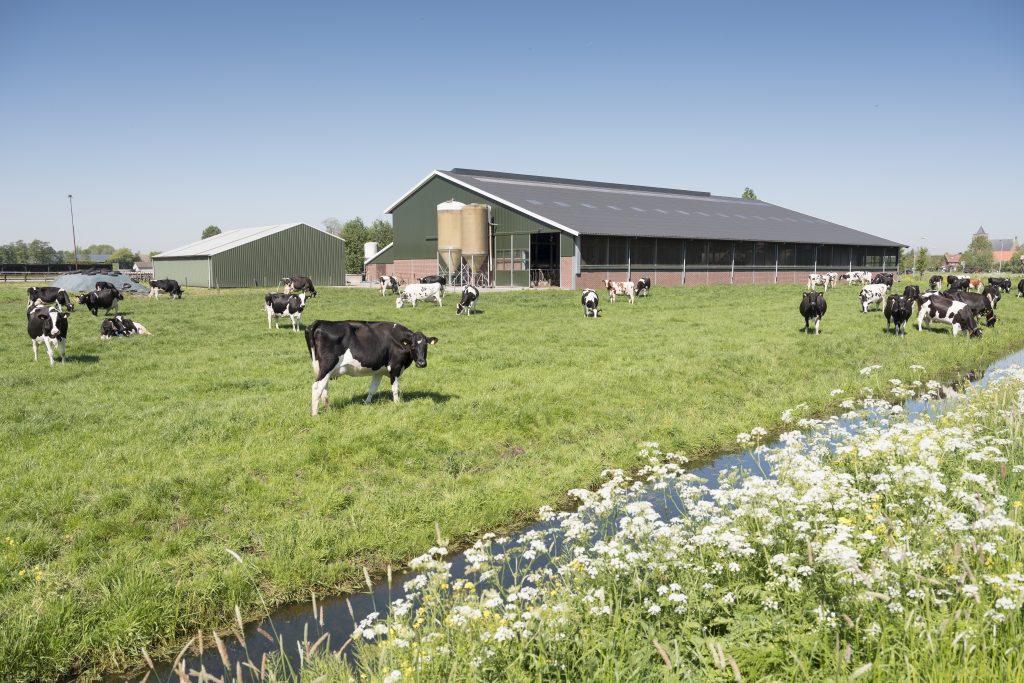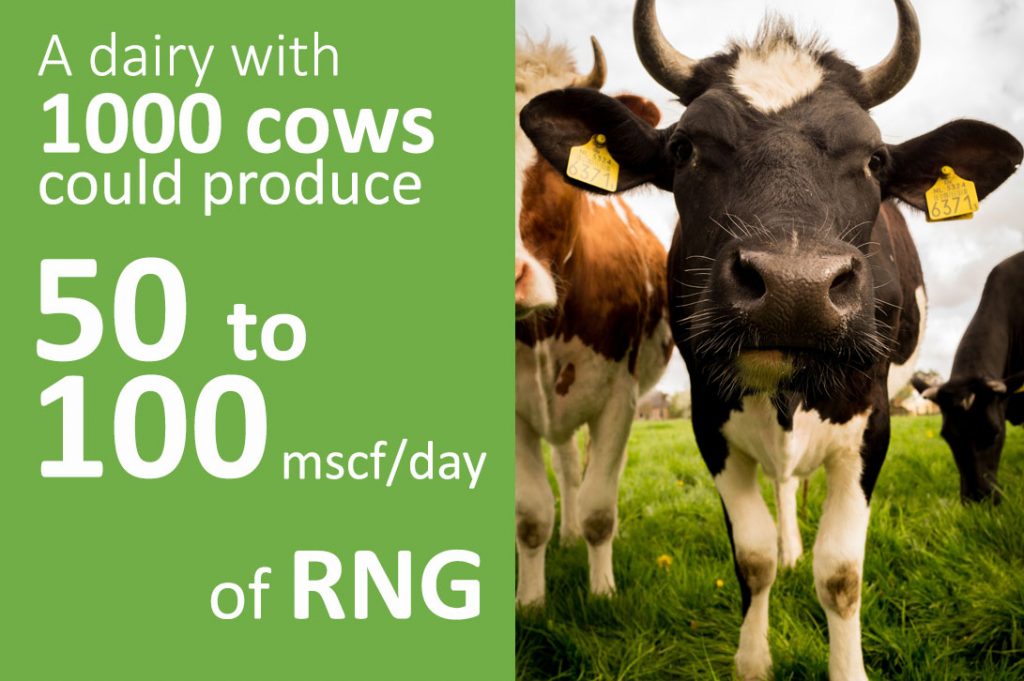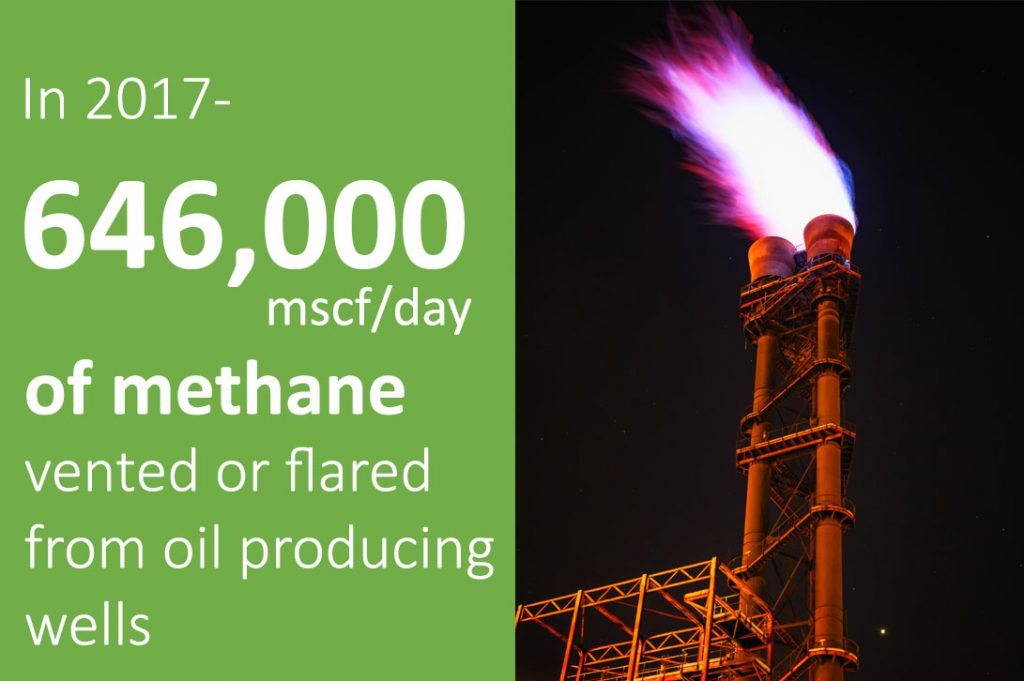
Most who have studied the challenges of a clean, low-carbon, and economical energy supply system agree that methane, produced either from wells or bio-sources (e.g., dairies, landfills, and water treatment plants), will play essential role in the decades ahead. A key challenge in realizing this opportunity is the fact that many of these diverse methane supplies are from sources whose production rates are so low that it can be cost-prohibitive to provide two essential steps for commercial use:
- Cleanup and conditioning of the raw methane mixture from either a well or bio-source. Methane from many important sources can contain various impurities, such as moisture, CO2, nitrogen, H2S, etc. These impurities need to be removed to produce fuel-grade methane that can be transported in a cost effective manner. A variety of proven technologies exist to remove these impurities, however most are costly at smaller scales.
- Transportation of clean methane to a viable market. When the volume of methane is large enough and/or the transport distances long enough, pipelines are a cost effective, safe, and clean way to transport methane. But when a pipeline cannot be justified, transportation of methane to market can be problematic due to its low energy density. Again, numerous non-pipeline options exist, such as compressing the methane into CNG, cooling it into LNG, or converting it into a liquid fuel (such as methanol or dimethyl ether (DME)). Again, the challenge with these processes is their cost at modest scale.
Two examples will illustrate the size of this opportunity if the challenge of scale for cleaning and transport could be resolved:
Dairies

There are 42,000 dairies in the US, while the RNG Coalition reports that less than 40 dairies produce RNG (renewable natural gas, or clean methane). Current dairy RNG projects will typically have over 10,000 cows, while the average dairy has only 187 cows. A dairy with 1000 cows could produce between 50 and 100 mscf/day of RNG. From these numbers, one can see that there would be an opportunity for thousands of systems to recover RNG from dairy farms alone, if these systems could be made cost effective at smaller scale.
Oil and Gas Wells

According to the EIA, at the end of 2017, there were 991,000 producing oil and gas wells in the US. In this same year, 236,000 million scf (646,000 mscf/day) of methane was vented or flared from producing wells, largely because it was not cost effective to clean and transport methane from the smaller and more remote wells. Worldwide venting and flaring has been estimated to be about 4 times greater than in the US, largely due to less stringent environmental laws outside the US.
These numbers suggest that there is both a business opportunity and an environmental need for thousands, if not tens of thousands (depending on the achieved cost), of modest scale systems that can clean and make available for transport distributed sources of geological and bio-derived methane. The companies that develop such systems will see strong success in the coming years.

Jeff is the Technical Advisor/Co-founder of Onboard Dynamics. He is an experienced entrepreneur, having founded or co-founded two companies in the energy and software industries before co-founding Onboard Dynamics.
